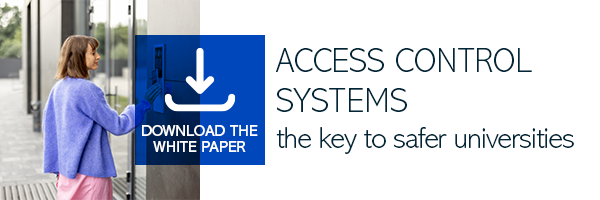The control room is the heart of a critical infrastructure, ensuring its business continuity. It is designed with a human-centered design approach, balancing usability, ergonomics, and functionality. However, in critical times, the operators' priority is the immediate management of information in the field.
In this scenario, X-PSIM (Cross-Physical Security Information Management) technology, a unified information system, deserves special attention. It accelerates the implementation of essential intervention procedures, making the control room more agile and responsive.
Critical infrastructure challenges
Any organization responsible for managing a complex physical security and industrial automation infrastructure faces several challenges daily related to the fragmentation of applications and systems dedicated to plant control. The main ones are:
-
fragmentation of information
-
the excessive manuality of operations
-
the inability to correlate alarms and events generated by different systems
-
inapplicability of preventive procedures
-
low level of customization of applications in the control room.
The key to overcoming these challenges is the adoption of a unified X-PSIM information system, capable of interacting with the existing heterogeneous technologies and optimizing all operational processes. This improves the timeliness of responses, the management of operations, and the correlation between events and alarms, contributing to an overall increase in infrastructure resilience.

X-PSIM: innovation in control room management technology
The concept of PSIM as it is commonly understood today may underestimate its true scope. Today, it is imperative to consider physical security technologies such as intrusion, CCTV, access control, and fire protection as closely intertwined with those of industrial automation, security, and safety IT. In this context, X-PSIM (Cross-Physical Security Information Management) is emerging as the most complete technological solution for advanced control room management.
X-PSIM raises the level of command and control by providing decision support through process automation, integrated technology management, and implementation of predictive maintenance strategies. This top-of-the-range IT solution has been designed to provide a definitive solution to the challenges of monitoring and controlling special installations, whatever their nature or type.
Why choose X-PSIM?
By implementing X-PSIM, the Command-and-Control Room finally unifies the monitoring of disparate systems, characterized by differences in manufacturers, technologies, and installations. This allows the organization to gain total control of the infrastructure, regardless of its complexity, ensuring better situational awareness and accurate management reporting.
X-PSIM offers 5 key benefits, including:
-
automation and simplification of operation and maintenance procedures
-
containment of staffing and operating costs
-
simplified management of large volumes of data and information
-
coordination of disparate systems
-
an overall increase in the quality of service provided.
Architecture of an X-PSIM solution
The architecture of an X-PSIM solution provides for the interconnection of heterogeneous sensors (video, access control, sensors, analytics, networks, industrial systems, etc.) through the interfacing of peripheral data collection and encoding units. The equal distribution of processing and mediation processes within the component modules drastically reduces the number of single points of failure of the entire architecture, thus increasing its resilience.
The front end is a latest-generation web application dedicated to the world of control rooms on workstations, capable of facilitating unified monitoring and control of systems, configurations, event correlations, and vertical intervention procedures.

In conclusion, the integration of an X-PSIM IT solution in a control room leads to a significant increase in the level of security through distributed intelligence. This helps to ensure a reasonable return on investment and adds value to the entire technology ecosystem, whether new or already in operation.



